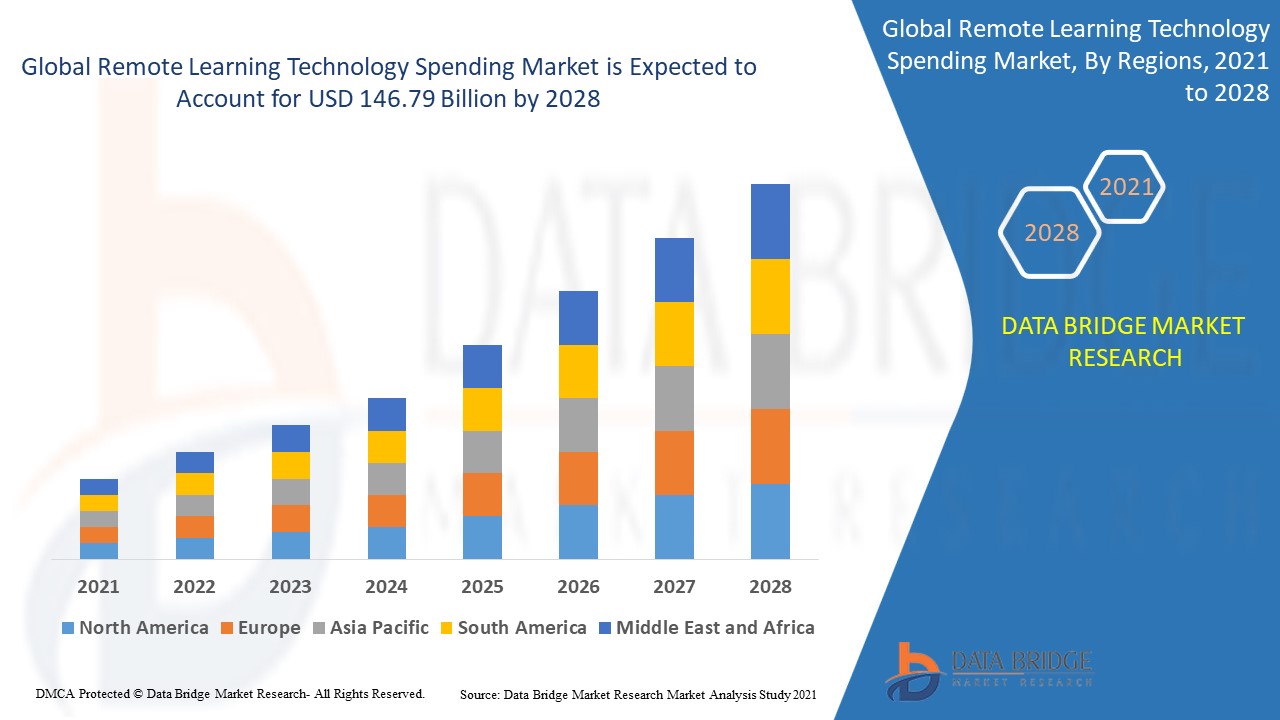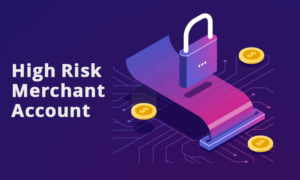Navigating Remote Learning Technology: Challenges and Embracing Solutions
Introduction
In the wake of the COVID-19 pandemic, remote learning technology has become an indispensable tool for education worldwide. While it offers unparalleled flexibility and access to educational resources, it also presents a myriad of challenges for both educators and students. From technical difficulties to engagement issues, navigating remote learning technology requires innovative solutions to ensure effective learning outcomes. In this article, we delve into the challenges posed by remote learning technology and explore potential solutions to overcome them.
Definition
Remote Learning Technology Spending refers to the financial investment made by educational institutions, governments, or individuals in digital tools, software, hardware, and infrastructure that support remote or online learning. This includes expenditures on learning management systems (LMS), video conferencing platforms, e-learning content, student devices, internet connectivity solutions, and cybersecurity measures to enable effective and secure distance education.
The Challenges of Remote Learning Technology
Technical Hurdles:
One of the primary challenges of remote learning is the technical barriers that students and educators encounter. From poor internet connectivity to device compatibility issues, these hurdles can disrupt the learning process and impede access to educational resources.
Lack of Engagement:
Remote learning often lacks the interactive and collaborative nature of traditional classroom settings, leading to decreased student engagement. Without face-to-face interaction, students may feel disconnected from their peers and instructors, resulting in diminished motivation and participation.
Digital Fatigue:
Prolonged screen time can lead to digital fatigue, causing students to experience burnout and reduced attention spans. Staring at screens for extended periods can also have adverse effects on mental health, contributing to stress and anxiety among learners.
Accessibility Concerns:
Not all students have equal access to remote learning technology. Socioeconomic factors, such as limited internet access or the absence of suitable devices, can exacerbate educational inequalities, leaving certain demographics at a disadvantage.
Security Risks:
Remote learning platforms are susceptible to security breaches and privacy concerns. Unauthorized access to online classrooms, data breaches, and cyberattacks pose significant risks to the integrity and confidentiality of educational materials and student information.
Solutions for Effective Remote Learning
Investment in Infrastructure:
To address technical challenges, educational institutions must invest in robust infrastructure, including high-speed internet connectivity and reliable devices. Collaborating with internet service providers and government agencies can help ensure equitable access to essential resources for all students.
Interactive Learning Tools:
Incorporating interactive learning tools and platforms can enhance student engagement in remote settings. Features such as virtual whiteboards, polling functionalities, and breakout rooms facilitate active participation and foster collaborative learning experiences.
Pedagogical Adaptations:
Educators should adapt their teaching strategies to optimize remote learning environments. Implementing techniques such as flipped classrooms, asynchronous discussions, and project-based learning can promote student autonomy and facilitate deeper engagement with course materials.
Mindfulness Practices:
To mitigate digital fatigue, educators can integrate mindfulness practices into their curriculum. Encouraging short breaks, incorporating movement-based activities, and promoting screen-free assignments can help alleviate the strain of excessive screen time and promote overall well-being.
Accessibility Initiatives:
Institutions must prioritize accessibility initiatives to ensure equitable access to remote learning technology. Providing subsidies for internet access, loaning devices to students in need, and offering alternative formats for instructional materials can help bridge the digital divide and promote inclusivity.
Role of Remote Learning Technology
Facilitating Access to Education:
Remote learning technology breaks down geographical barriers, enabling individuals from diverse backgrounds and locations to access educational resources. Whether it’s through online courses, virtual classrooms, or digital libraries, remote learning technology democratizes education by making it more accessible to a broader audience.
Flexible Learning Opportunities:
Remote learning technology offers flexibility in terms of when and where learning takes place. Students can engage with course materials at their own pace, accommodating various schedules and preferences. This flexibility is particularly beneficial for working professionals, individuals with familial responsibilities, or those unable to attend traditional on-campus classes.
Enhancing Engagement and Interactivity:
Modern remote learning platforms incorporate interactive features such as discussion forums, multimedia content, and virtual simulations, which enhance student engagement and facilitate active learning experiences. These interactive elements promote collaboration, critical thinking, and knowledge retention among learners.
Personalized Learning Experiences:
Remote learning technology enables the delivery of personalized learning experiences tailored to individual student needs and preferences. Through adaptive learning algorithms and data analytics, educators can customize content, pace, and assessment methods to accommodate diverse learning styles and abilities, thereby optimizing student outcomes.
Promoting Lifelong Learning:
With remote learning technology, education becomes a lifelong pursuit rather than a finite endeavor confined to a specific stage of life. Individuals can continuously acquire new skills, update their knowledge, and pursue professional development opportunities throughout their careers, fostering a culture of lifelong learning and adaptability in the digital age.
Cybersecurity Measures:
To safeguard against security risks, educational institutions should implement robust cybersecurity measures. This includes employing encryption protocols, multi-factor authentication, and regular security audits to protect sensitive data and prevent unauthorized access to online platforms.
Growth Rate of Remote Learning Technology Spending Market
According to Data Bridge Market Research, the size of the global remote learning technology spending market was estimated at USD 84.80 billion in 2024 and is expected to grow at a compound annual growth rate (CAGR) of 14.70% from 2025 to 2032, reaching USD 254.06 billion.
Read More: https://www.databridgemarketresearch.com/reports/global-remote-learning-technology-spending-market
Conclusion
While remote learning technology presents numerous challenges, proactive measures and innovative solutions can help overcome these obstacles and foster effective learning environments. By addressing technical hurdles, enhancing engagement strategies, promoting accessibility, and prioritizing cybersecurity, educators and institutions can harness the full potential of remote learning technology to empower students and facilitate academic success in the digital age. Through collaborative efforts and a commitment to innovation, remote learning has the potential to revolutionize education and expand access to quality learning experiences for learners worldwide.













